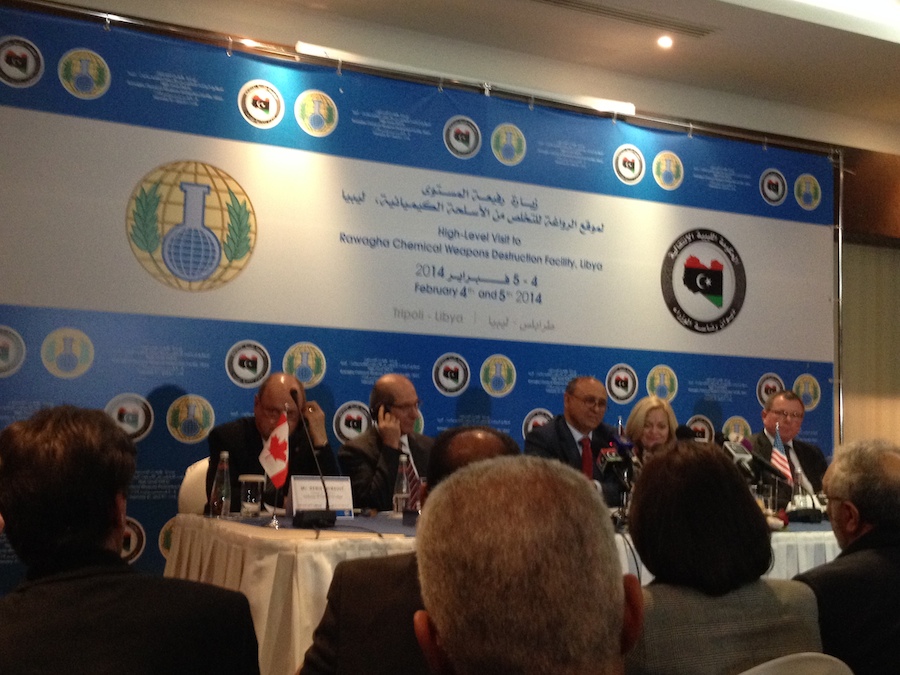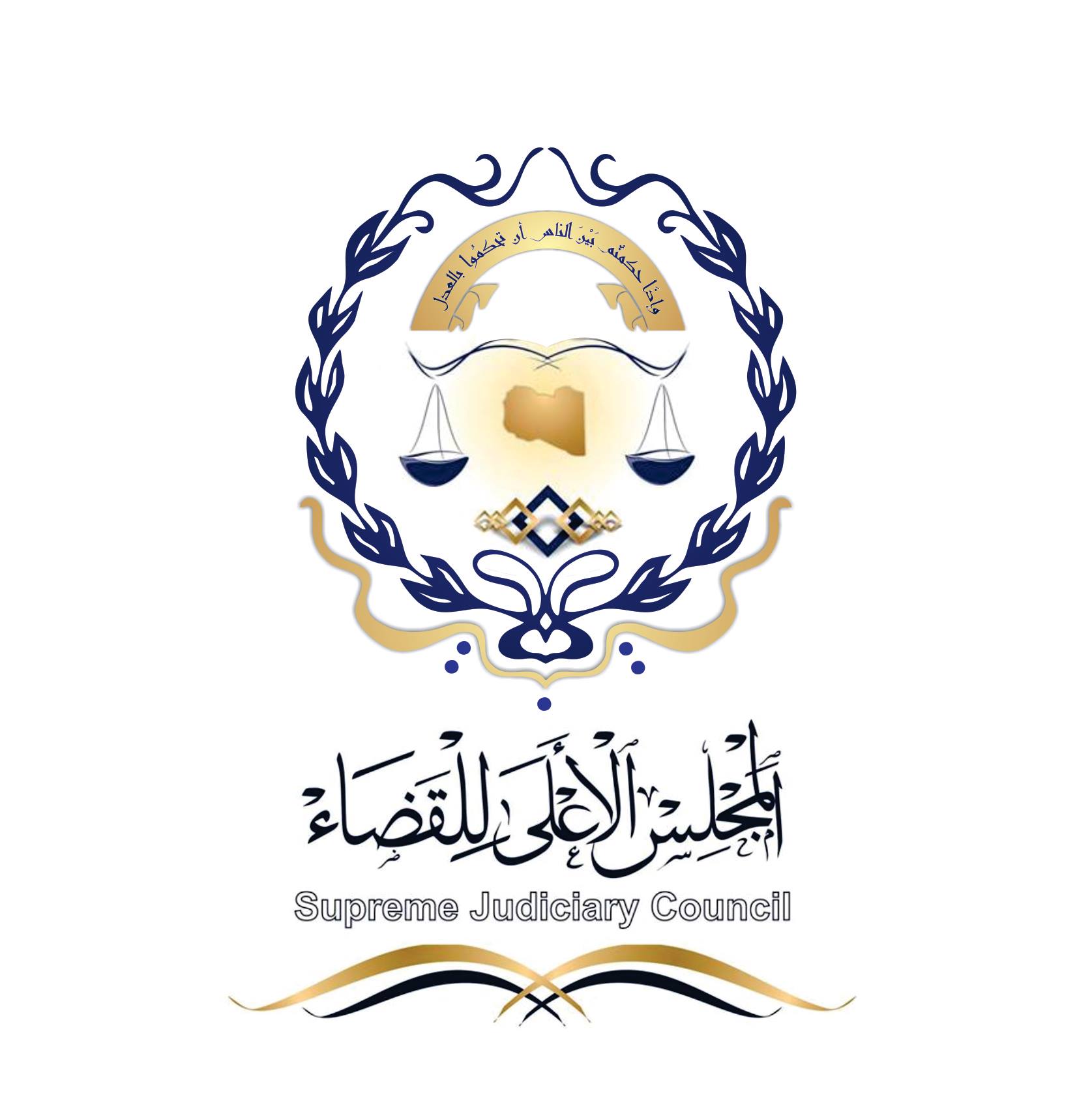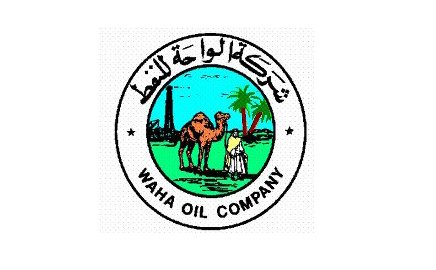By Tom Westcott.

Tripoli, 5 January 2014:
Libya has disposed of all usable chemical weapons stockpiled by the old regime in an operation . . .[restrict]completed a few days ago, Foreign Minister Mohamed Abdelaziz announced yesterday.
The destruction of 517 artillery projectiles, eight 250kg aerial bombs loaded with mustard gas and 45 bomb components – plastic tubes filled with mustard agent – was the final stage of the disposal of an arsenal of chemical weapons. Many of these were previously undeclared munitions, discovered after the revolution and transferred to a storage facility in the south-central desert location of Ruwagha, some 700 kilometres outside the capital.
With this operation, Libya had fulfilled its international and regional commitments and removed a potential threat to local communities and the environment, Abdelaziz said. He thanked the Organisation for the Prohibition of Chemical Weapons (OPCW) and the US, Canada and Germany for their support. He also commended the Ministry of Defence which, he said, spared no effort in help with security and logistics.
“Without all this support, it would not have been possible to reach this milestone,” OPCW’s Director-General Ahmet Uzumcu said. Libya had set an example of success based on international co-operation which could be emulated by other countries, such as Syria, on a larger scale, he said.
“The destruction of these weapons was implemented precisely and accurately with careful safety measures and in accordance with international standards,” Abdulaziz said. “We were very pleased that the operation was conducted without any injury or damage.”
Destruction of the weapons was carried out at Ruwagha in a static detonation chamber, monitored by international inspectors with technical assistance from American experts. At the same site, Libya last year destroyed its stores of bulk mustard gas.
The operation was said to have been particularly challenging because the munitions were old and unstable. “When dealing with old munitions, different methods of destruction are required, because the process is very hazardous,” a spokesperson for OPCW told the Libya Herald. The machinery Libya had been using was installed and operating for some time, he said, so new equipment was required. This project was financially supported by Canada, he said, adding that it still took almost a year after the revolution to reinstall all the necessary infrastructure to prepare the facility for use.
US Ambassador Deborah Jones pointed out that it had been a really great week for Libya, likening the destruction of the chemical weapons to Libya’s football win, saying it was another goal scored. Abdulaziz picked up on the football metaphor and said that teamwork had led to the success of the operation.
Libya signed the UN Chemical Weapons Convention in 2004, immediately destroying a declared arsenal of 3,500 unloaded munitions with a bulldozer – a cheap, fast and reliable method of disposing of munition components, according to OPCW. However, there was then a hiatus of some six years, while the old regime waited for financial support from the international community. The was not forthcoming and eventually, in October 2010, work started on destroying chemical weapon agents.
This was suspended, however, when part of the destruction facility malfunctioned. When the 17 February Revolution broke out, just months later, the embargo placed on Libya meant the spare part could not be ordered.
“It was not the revolution itself, but rather the malfunction of the facility that stopped activities,” the OPCW spokesman said. After the revolution, OPCW inspectors found all electronic seals placed on the agent in February 2011 were still in place. From February 2012, efforts to resume destruction were restarted by the government.
The most recent operations have seen the destruction of all Libya’s Category 1 chemical agents. The country now has a deadline of December 2016 to destroy its Category 2 chemical precursor agents. [/restrict]









